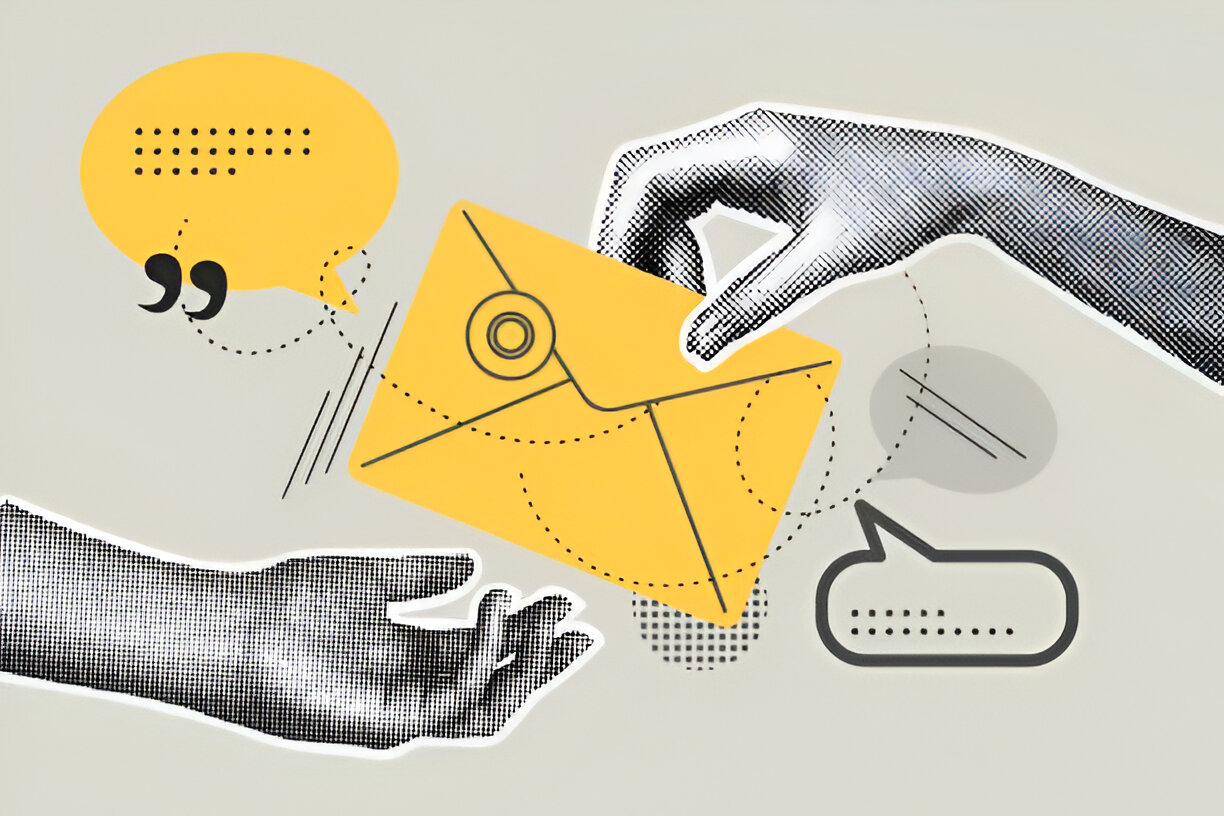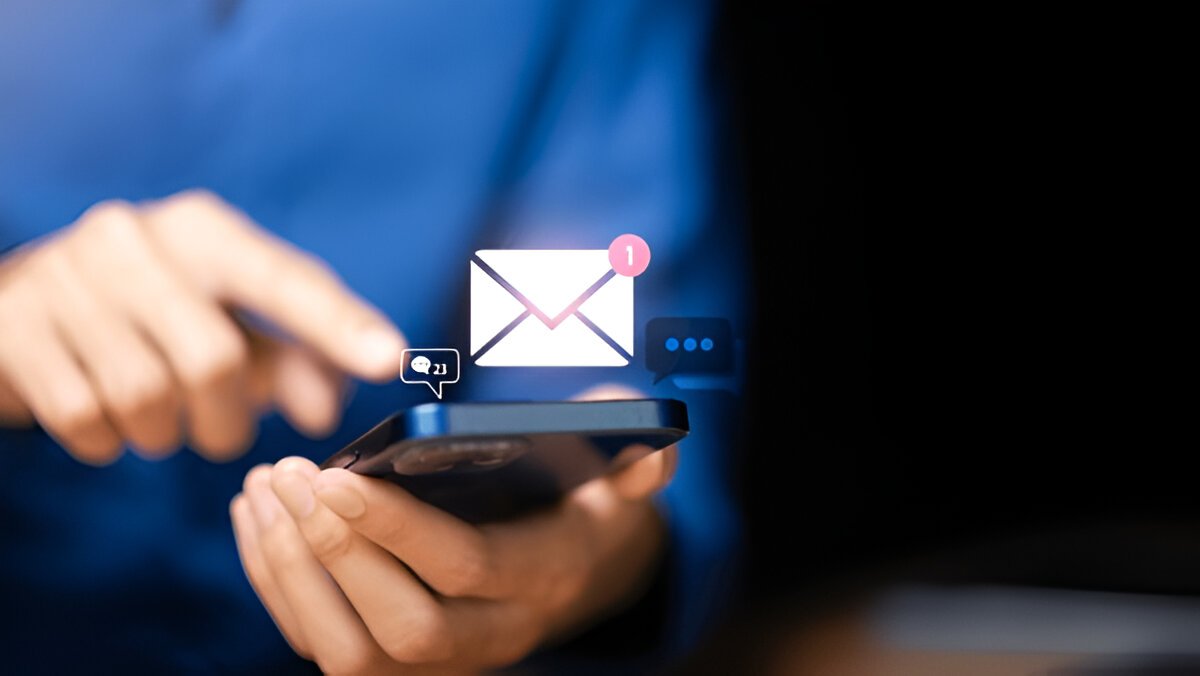Alright, let’s get real. How many times have you heard someone say, “Email marketing is dead”? If I had a dollar for every time, I’d probably be retired on a beach, sipping piña coladas by now. But here we are in 2025, and guess what? Email marketing isn’t just alive—it’s thriving. If you’re a coach, course creator, or online entrepreneur, email is still one of the most powerful tools in your arsenal. The key? Evolving your approach to match today’s landscape.
Let’s dive into why email marketing still works, how AI is supercharging strategies, and the best practices to make your emails stand out in crowded inboxes. Plus, I’ll share my favorite technique for consistently getting 65% or higher open rates.
Why Email Marketing Still Works

First, let’s talk about why email marketing is still a strong strategy. Here’s the thing: email is one of the few channels where you own the relationship. Social media algorithms can change in an instant. Ad costs fluctuate daily. But your email list? That’s yours. It’s direct, personal, and when done right, it’s one of the highest-converting tools out there.
But it’s not as simple as blasting out a generic message and watching sales roll in. With inboxes overflowing, standing out has never been more important. Your emails need to cut through the noise to get opened and read. That’s why your strategy must be thoughtful, personalized, and effective.
And let’s be clear: I’m not talking about buying a list of cold names and spamming strangers. The strategies I’m sharing are for contacts who’ve voluntarily joined your list through lead magnets or other invitations to connect with you.
Key Strategies for Effective Email Marketing

So, how do you make email marketing work in 2025? Let’s break it down into a few key strategies:
1. Focus on Quality Over Quantity
Gone are the days of sending daily emails just to stay top of mind. Back in the 1990s and early 2000s, sending daily or even multiple emails a day was a trend. But now, it’s all about delivering value with every email. Think about crafting emails that solve a problem, inspire action, or provide meaningful insights.
Aim for one to three emails per week. That’s enough to stay connected without overwhelming your audience. Here’s a rule of thumb: Ask yourself, “Would I look forward to receiving this email?” If the answer is no, it’s time to revise.
Exception: Send daily emails for lead magnet nurture sequences or onboarding emails, but automate these in your contact management system (like Kajabi).
2. Lean Into Storytelling
Stories stick. They build trust and emotional connections. Instead of a straight-up sales pitch, share a story your audience can relate to. For example, if you’re promoting a course, don’t just say, “Sign up for my course because it works.” Try something like:
“When Sarah joined my course, she was struggling to land her first client. Fast forward six weeks, and now she’s fully booked. Here’s how she did it.”
See the difference? People love transformation stories. They inspire, engage, and connect.
3. Use Interactive and Engaging Elements
Think beyond plain text. In 2025, interactive emails are where it’s at. Add emojis, polls, quizzes, or GIFs to make your emails more engaging. For example, include a quick quiz like, “What’s your next business move?” or use a poll to let your audience vote on topics for your next webinar. A well-placed GIF can also showcase your personality and make your emails feel more human.
4. Keep It Short and to the Point
Your audience is busy. They likely have hundreds of emails waiting for them, so respect their time by getting straight to the point. Share high-value content quickly, and don’t bury your call-to-action at the bottom of a novel-length email.
For example, instead of explaining every detail about your new course, focus on one big transformation it offers: “Want to land your first five clients in 30 days? Click the link to discover how.” High-value, clear, and concise—that’s the formula.
5. Segment Your List
Not everyone on your list is in the same place, so don’t send them the same emails. Segmenting your list is one of the smartest moves you can make. For example:
- Create a segment for warm leads who’ve engaged with your free content but haven’t bought anything yet.
- Build a list of past customers who might be ready for your next-level coaching program.
- Re-engage cold leads who haven’t interacted in a while.
The goal? Send the right message to the right people at the right time.
Do’s and Don’ts for Email Marketing Success in 2025:
| Do’s | Don’ts |
|---|---|
| 1. Focus on quality over quantity. Send fewer emails with high-value content. | Don’t spam your list with daily, low-value emails. |
| 2. Personalize emails using AI tools. Tailor messages based on subscriber behavior. | Don’t send generic, one-size-fits-all emails. |
| 3. Use storytelling to build connections. Share relatable stories to engage your audience. | Don’t rely solely on sales pitches. |
| 4. Segment your email list. Send targeted messages to specific groups. | Don’t treat your entire list as one audience. |
| 5. Keep emails short and to the point. Respect your audience’s time. | Don’t write long, rambling emails. |
| 6. Add interactive elements. Use polls, quizzes, GIFs, or emojis to make emails engaging. | Don’t stick to plain, boring text-only emails. |
| 7. Optimize send times with AI. Schedule emails when your audience is most active. | Don’t send emails at random times. |
| 8. A/B test subject lines and content. Experiment to see what works best. | Don’t assume every email will perform the same. |
| 9. Use clear and compelling CTAs. Tell readers exactly what to do next. | Don’t bury your call-to-action at the bottom. |
| 10. Automate nurture sequences. Use tools like Kajabi for onboarding and lead magnet follow-ups. | Don’t manually send repetitive emails. |
| 11. Re-engage inactive subscribers. Send special campaigns to win them back. | Don’t ignore cold leads on your list. |
| 12. Monitor analytics. Track open rates, click-through rates, and conversions. | Don’t send emails without analyzing performance. |
| 13. Write mobile-friendly emails. Ensure your emails look great on all devices. | Don’t design emails only for desktop users. |
| 14. Provide value first. Solve problems or offer insights before selling. | Don’t make every email about pushing a product. |
| 15. Stay authentic and human. Let your personality shine through. | Don’t sound robotic or overly formal. |
Leveraging AI in Email Marketing
Here’s where it gets exciting. AI tools are transforming email marketing. Here’s how they can help:
1. Personalize Emails at Scale
AI analyzes subscriber behavior to craft tailored messages for thousands of people—all while feeling personal. It’s not just about dropping someone’s name in an email. It’s about sending the right content at exactly the right time. For example, AI can instantly deliver a welcome sequence that feels uniquely crafted for each subscriber.
2. Generate Better Subject Lines
Stuck on what to say? Ask AI tools to suggest subject lines that boost open rates. For example, AI might suggest: “5 Tips to Double Your Sales in 30 Days” instead of a generic “Check This Out.”
3. Optimize Send Times
AI knows when your audience is most likely to engage and schedules emails accordingly. It’s a game-changer for maximizing open rates.
4. Brainstorm Email Topics
Use AI to research your audience’s biggest pain points and brainstorm email topics. For example, if your audience struggles with time management, AI can help you craft emails around productivity hacks.
5. A/B Test Emails
Quickly test multiple versions of your emails to see what resonates best. Tools like Kajabi even offer A/B split testing to make this easier.
But remember, AI is just a tool. It’s here to enhance your strategy, not replace your authentic connection with your audience.
Conclusion
So, does email marketing still work in 2025? Absolutely. But it’s not about doing more—it’s about doing it smarter. Embrace AI, focus on delivering real value, tell better stories, and make your emails engaging and relevant.
If you’re ready to take your email marketing to the next level, start by crafting nurture email sequences that build trust and drive sales. With the right strategy, email marketing will continue to be a powerhouse for your business in 2025 and beyond.




